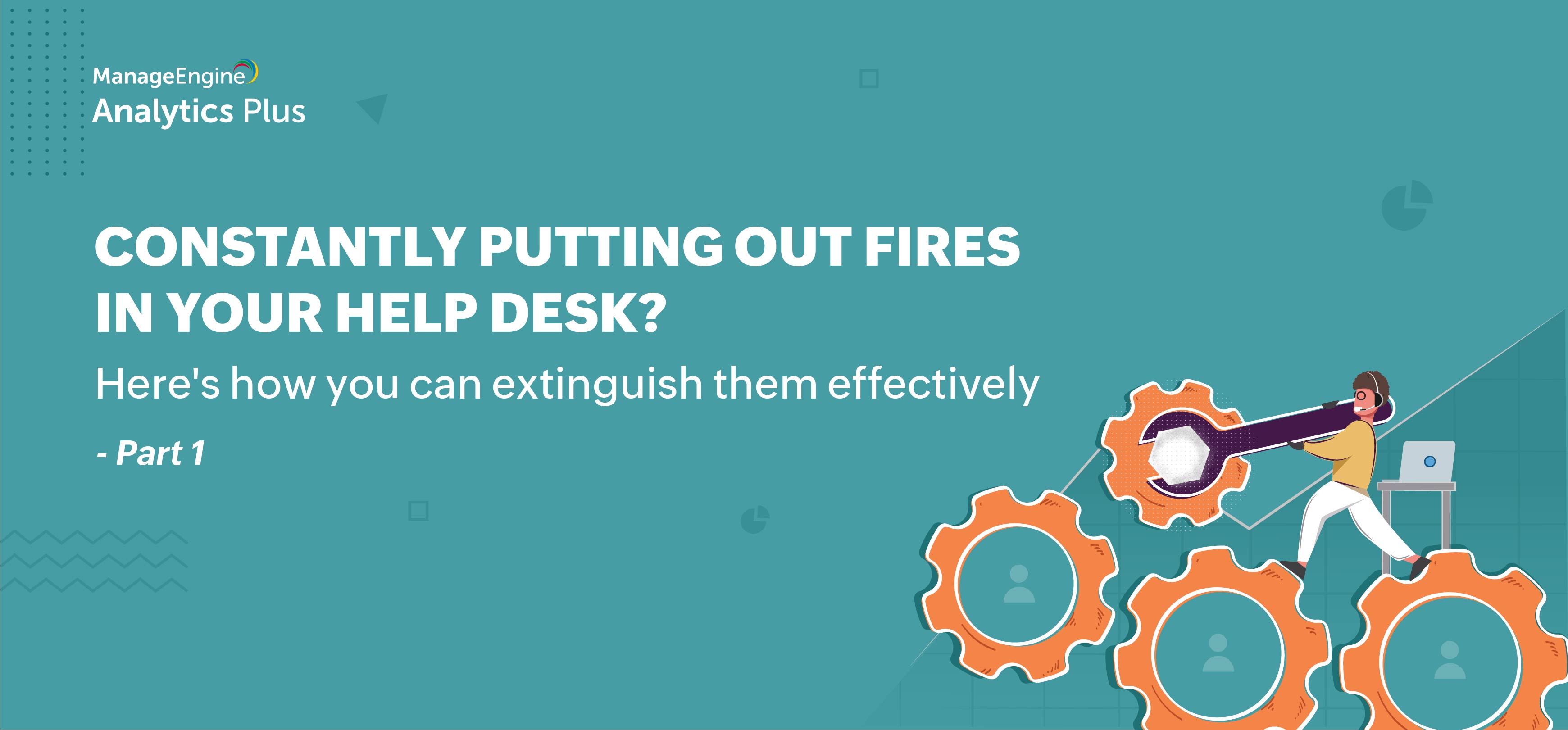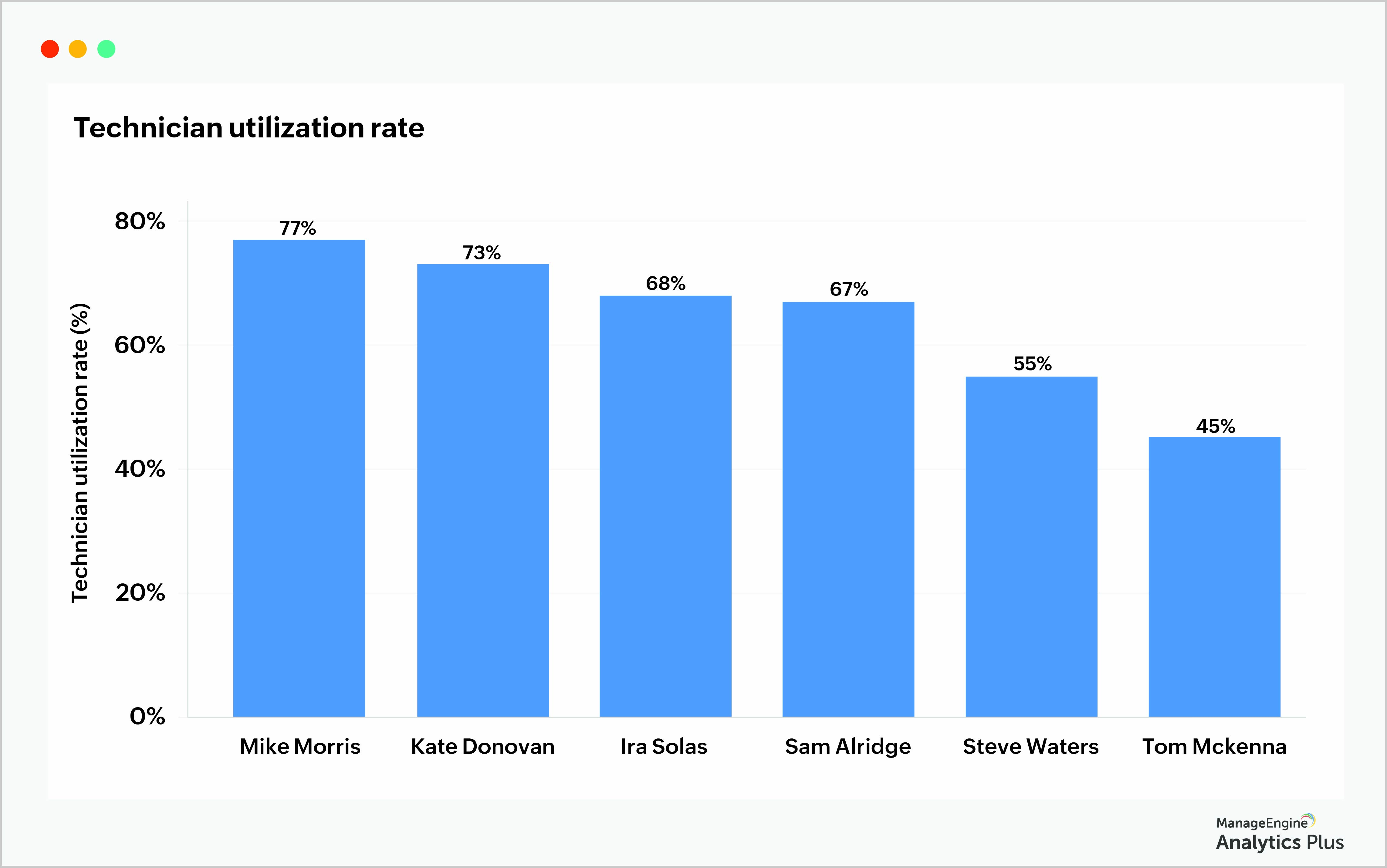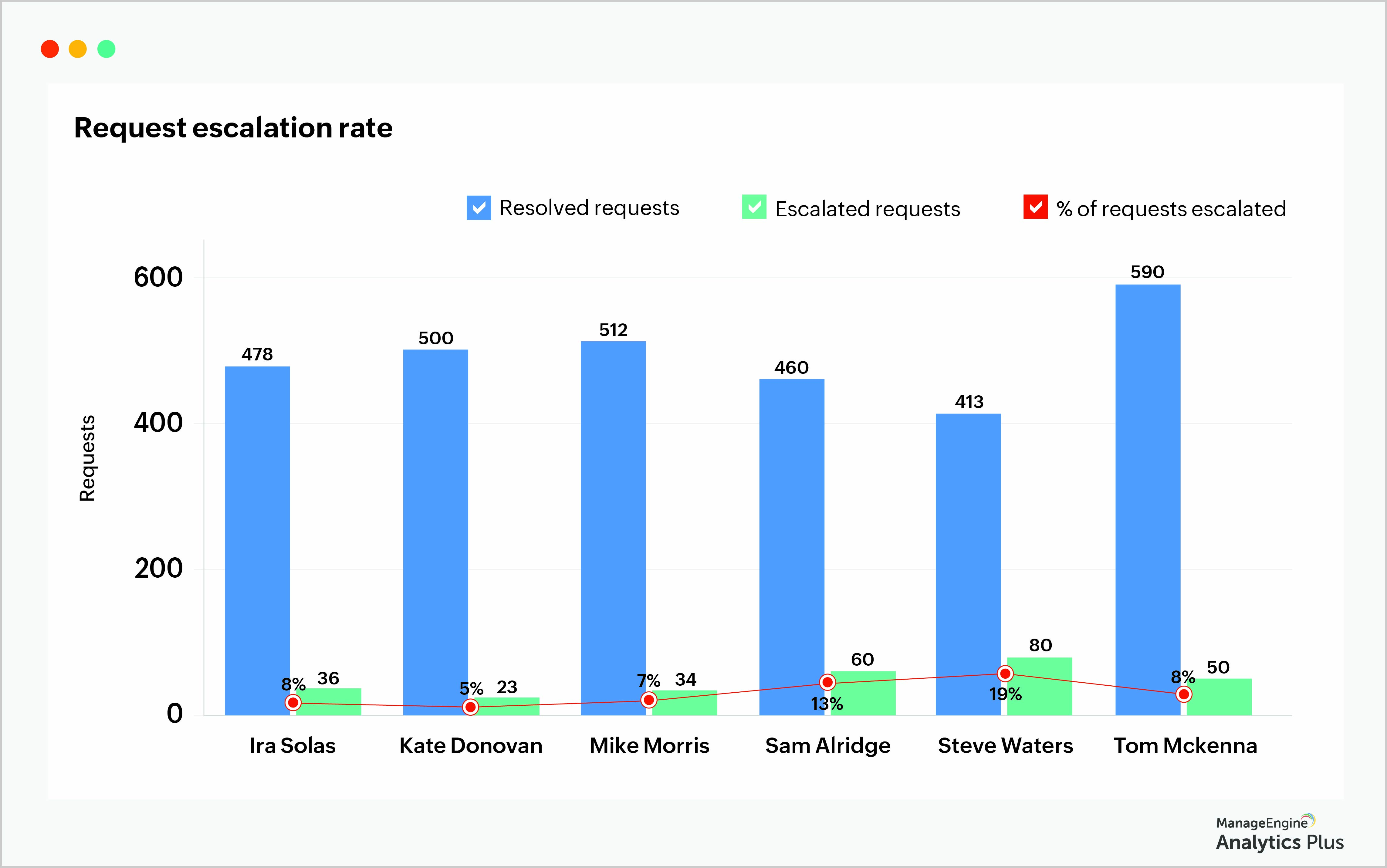- HOME
- ITSM Analytics
- Streamline your help desk processes with advanced analytics - Part 1
Streamline your help desk processes with advanced analytics - Part 1
- Last Updated: July 1, 2024
- 197 Views
- 3 Min Read

The help desk is your organization's pit stop: it's the one-stop shop for every employee looking for a quick fix for their issues. And like any well-oiled pit stop, the help desk deals with several incidents that require efficient and speedy resolutions. This is why it's imperative that your service desk operates smoothly to avoid hiccups in overall business processes.
However, there's a lot that can go wrong behind the scenes, and there isn't another help desk that your technicians can turn to for help. So what do your technicians do when they need help? How do they consistently address employees' incidents while facing various challenges internally?
Enter advanced analytics. Over the course of this two-part series, we'll go through some of the biggest impediments in a help desk and the secret weapons you can wield to overcome them.
1. Are your technicians walking out or underperforming?
When service desks compulsively obsess over SLAs and resolution times, technicians may be overworked and handling more tickets, resulting in burnout and eventually ending in increased technician turnover. A good way to keep this in check is through the technician utilization rate, which is the ratio of the number of hours technicians actively spent resolving requests to the total number of working hours. This metric helps in measuring the productivity and workload of your help desk technicians.
Your organization's overall utilization rate helps you understand if your help desk is over staffed or over worked. Higher-than-average utilization rates increase burnout among your technicians and increases technician turnover, inevitably costing your help desk its experienced technicians.

The report above can prove handy in keeping an eye on your technician utilization rates. You can easily configure an alert to notify you when your utilization rates are going up, and take immediate actions so technicians don't end up overworked.
A good way forward is to set realistic goals, distribute tickets evenly, or even hire additional employees to man the help desk to avoid overloading existing technicians. You can also analyze the requests completed by technicians with high utilization rates along with those completed by technicians with low utilization rates. Armed with this data, conduct one-on-one meetings with the respective technicians to gain deeper insight into the cause for the imbalance in workloads, and distribute requests across your help desk technicians more evenly.
2. Is your help desk performing poorly despite employing sufficient technicians?
Your help desk's biggest asset is its technicians. Proficient and skilled employees are essential, as they are more likely to address incidents in a timely and skilled manner, enriching the customer experience and boosting organizational productivity. A lack of sufficiently skilled technicians will result in increased service desk resolution times, request reopens, and ticket escalations.
Tracking incident escalations is a great way to assess your technicians' performance and serves as an accurate indicator of the proficiency level of your help desk.

When end users are unhappy with their resolutions, or if technicians are unable to tackle a particular incident, requests are escalated to the second tier or third tier of technicians. This means that to identify under-skilled technicians, you simply need to pinpoint those with higher request escalation rates.
While incorrect technician assignments can also lead to escalations, requests are more often escalated due to a lack of expertise in the concerned area. You can also infer that technicians with several escalations may be focusing more on quick resolutions while compromising on quality.
Beyond identifying the weak links in your help desk, you can also analyze the nature and root cause of these escalated incidents to identify repeat issues that can be addressed through automated resolutions or self-service articles.
Stay tuned for the second part of this blog series as we continue to resolve some of your help desk's biggest challenges.
These reports were built using Analytics Plus, ManageEngine's AI-enabled IT analytics application. If you'd like to create similar reports using your IT data, try Analytics Plus for free.
Need to know more about analytics for IT operations? Talk to our experts to discover all the ways you can benefit from deploying analytics in your IT.





